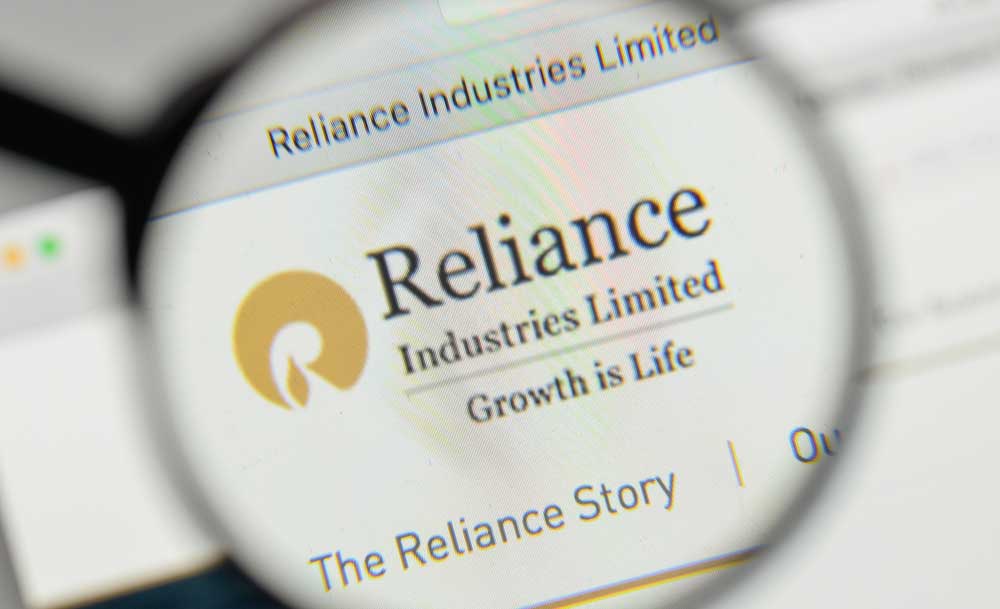Reliance Industries’ net debt will fall even if energy and retail demand struggles for six months and the planned asset sales are delayed, according to analysts at Morgan Stanley.
RIL has been looking to hawk 20 per cent of its oil-to-chemical business to Saudi Aramco. The proposed deal is crucial in its aim to become a zero net debt company by March 2021. RIL had a net debt of Rs 1.53 lakh crore at the end of the third quarter of 2019-20.
The company is also looking to monetise its holdings in other businesses that includes telecom.
In a research report, analysts at Morgan Stanley said that while the timing of normalisation (of the industry from the present Covid-19 outbreak) is unclear and the challenges are negatively affecting RIL’s sales volumes across all its businesses, the company will emerge strong as competitors are struggling even more and cyclical businesses could get more medium-term tailwinds as capacity growth slows globally. The brokerage has maintained its over-weight rating on the RIL stock.
The analysts added that RIL was in a position to re-prioritise its investments, potentially slowing capex by up to a third and beyond Covid-19, the oil-to-telecom giant will emerge stronger as competitors face high debt challenges and slow investments.
According to Morgan Stanley, though RIL’s net debt, including liabilities at $46.2 billion, is not low, it is not a challenge even after assuming six months of weakness in global energy demand and slower improvement in domestic demand. “We estimate around $8 billion in potential capex, which can be covered by its operating cash flow generation. So, while the net debt may not decline, there may be limited liquidity challenges,” the brokerage observed.
It added that in the previous quarter, RIL’s net debt declined around $1.3 billion as capex intensity slowed to a multi-year low and halved year-on-year to $2 billion. So, RIL has the scope to consider slowing some of its investments in the current fiscal as well.











